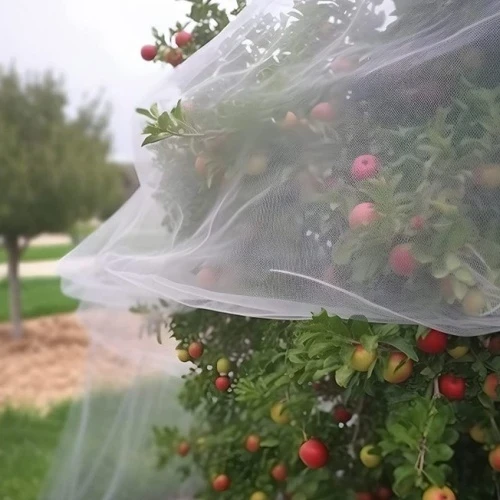bird net for garden
Bird Netting for Gardens A Complete Guide
Gardening is a rewarding hobby, but it comes with its challenges, especially when it comes to protecting your hard-earned produce from birds. If you've ever found yourself frustrated by feathered friends feasting on your fruits and vegetables, you may want to consider using bird netting. This simple yet effective solution can safeguard your garden while allowing you to enjoy the beauty and tranquility that birds bring.
What is Bird Netting?
Bird netting is a lightweight, UV-resistant mesh that creates a barrier between birds and your garden plants. It is designed to keep birds from pecking at fruits or digging through vegetable beds while still allowing sunlight, air, and moisture to reach your plants. Available in various sizes, bird netting is versatile and can be customized to fit your specific garden layout.
Benefits of Using Bird Netting
1. Protects Your Crops The primary benefit of bird netting is its ability to protect your crops. Birds can quickly devastate a garden, consuming ripe berries, cherries, and other fruits in a single day. By covering your plants with netting, you effectively deter them from reaching your prized harvest.
2. Non-Toxic Solution Unlike chemical repellents or traps, bird netting is a non-toxic solution. It does not harm birds, making it an environmentally friendly choice for those who wish to maintain a balanced ecosystem in their gardens.
3. Durability Most bird netting is made from durable materials that can withstand various weather conditions. Whether you face sun, rain, or wind, quality netting can provide long-lasting protection.
4. Versatility Bird netting can be used in a variety of garden setups. Whether you have a small vegetable patch, a berry bush, or a full-fledged orchard, netting can be adapted to almost any garden design.
bird net for garden

5. Ease of Installation Installing bird netting is simple. With minimal tools and effort, you can cover your plants or protect larger areas of your garden. Most netting can be draped over existing structures, such as hoops or stakes, which makes the process hassle-free.
How to Use Bird Netting Effectively
To maximize the effectiveness of bird netting, consider these tips
- Cover Early As soon as your plants begin to bear fruit or flowers, install the netting to prevent birds from establishing feeding habits.
- Secure the Edges Ensure that the netting is securely anchored around the edges to prevent birds from sneaking underneath. Use stakes, clips, or weights to keep the net in place.
- Leave Access for Pollinators If your garden features flowering plants, it’s vital to allow access for beneficial insects like bees. Use a fine mesh or create access points that won't allow birds but will let pollinators in.
- Monitor Regularly Check the netting frequently for holes or wear and tear. Regular maintenance ensures your plants remain protected throughout the growing season.
In conclusion, bird netting is a valuable tool for gardeners looking to protect their plants from hungry birds. By providing a cost-effective, safe, and simple solution to garden pests, bird netting allows you to enjoy a thriving garden while respecting the role of birds in our ecosystem. So, if you're tired of watching your garden produce disappear, consider investing in bird netting for a fruitful and bird-friendly gardening experience.
-
The Versatility of Stainless Steel Wire MeshNewsNov.01,2024
-
The Role and Types of Sun Shade SolutionsNewsNov.01,2024
-
Safeguard Your Space with Effective Bird Protection SolutionsNewsNov.01,2024
-
Protect Your Garden with Innovative Insect-Proof SolutionsNewsNov.01,2024
-
Innovative Solutions for Construction NeedsNewsNov.01,2024
-
Effective Bird Control Solutions for Every NeedNewsNov.01,2024












